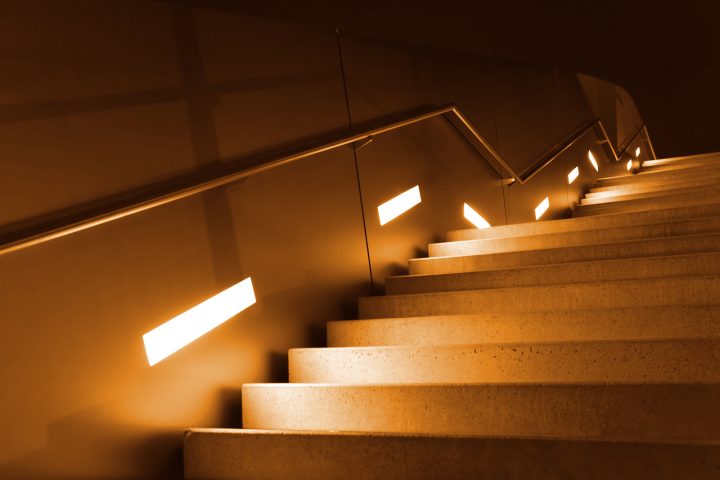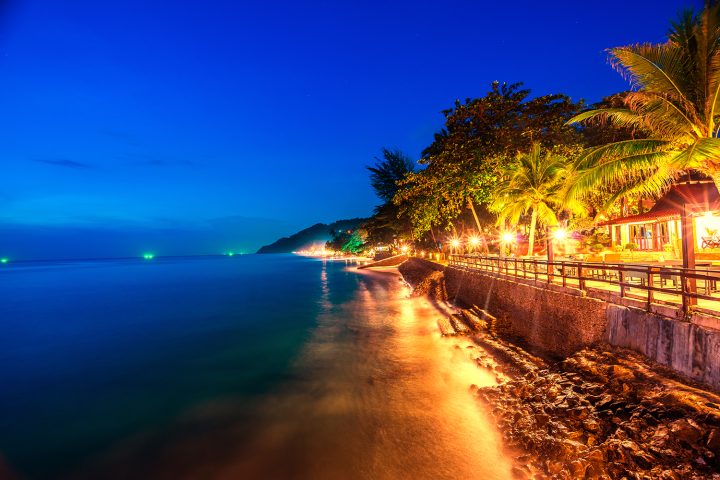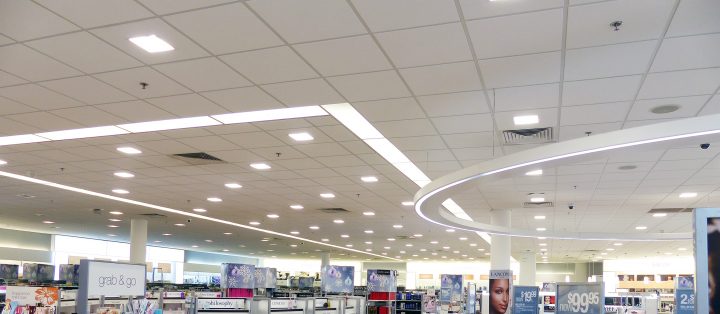Lighting regulations and fire egress compliance in multifamily buildings may not be on any best seller list, but fire safety in any building should be a top priority for every building manager and owner. Newer buildings, which have been built to code, generally are in compliance. But as you move on to older buildings, you will start to see instances of code compliance shortfalls, especially involving public corridor and fire stairs lighting as well exit signage. Even in older well run buildings, don’t be surprised to find some very serious deficiencies including inadequate egress illumination, no exit signage and no battery backup emergency lighting for corridors or fire stairs. These deficiencies can only be described as a window of opportunity for bad things to happen – a window that needs to be closed as soon as possible.
Andrew Pisani of the Metropolis Group, a recognized NYC Building Code expert, advises that “NYC Building code requires that illumination for required paths of egress in multifamily buildings shall not be less than one ft. candle at the walking surface at all times. This includes public corridors, in a residential building, as a path of egress to the required exit stairs. At exits in buildings, the minimum illumination shall be two ft. candles. In addition, emergency lighting in stair cases shall be provided by emergency power systems in case of power failure. For buildings without a backup power generator, the power shall be provided by battery backup for a duration of not less than 90 minutes.
In terms of “a window of opportunity for bad things to happen.†Elizabeth Heck, CEO of the Greater New York Mutual Insurance Companies (GNY) said, “Life safety protocols are always an important consideration for an insurance company when deciding to offer coverage, and the price for that coverage. Good safety protocols are not only important for protecting residents and guests, but they also diminish the possibility of expensive and reputation-ruining liability determinations against building owners. Such protocols include the availability of proper egress, proper lighting, clearly labeled exit signage, as well as many other considerations. At GNY we employ engineers to inspect buildings to determine the adequacy of life safety protocols, as well as the condition of the property. Deficiencies are communicated to a prospective or current policy holder as a way of helping the policyholder prevent losses from occurring.â€
Regardless of the perspective, be it code compliance, insurance, or life safety, buildings that have code deficiencies should take corrective action. They need to close the window of opportunity for bad things to happen and they need to close it quickly. However, moving from a well-motivated action plan to correct life safety deficiencies to the actual costs related to implementation, the life safety project will often face the real world problem of tight building finances and the need to choose between other essential building projects.
Fortunately there is a “best of both worlds†financial solution to prioritizing a building life safety project without the need to defer other building projects. The strategy is to have your life safety project pay for itself by combining it with a building wide LED retro-fit upgrade. The positive cash flow generated by the energy savings from a LED retro-fit will more than cover the cost and installation of the life safety portion of your project. In addition, there is rebate funding available for LED retro-fit projects from utility programs such as the Con Ed / AEA Multifamily program. This utility funding will help shorten the combined project investment payback period. Additionally, by combining the projects, you will also trigger additional funding for your project.
A good example of a high quality fire safety LED lighting product that would trigger extra funding is the Sielo SL series stairwell fixture. This DLC Premium rated fixture is recommended by Brian Kennedy of TerraLUX because of its self-contained emergency battery as well as built-in sensor to provide bi-level dimming capability. At full capacity – 2,500 lumens – the fixture consumes 13 ½ watts, when in the dimmed mode, it will only consume 5 Watts. For more info as to how your multifamily building can qualify for Con Ed/AEA funding, Martha Sickles of Affordable Energy Association (AEA) would welcome your call at (718) 292- 6733 to review their program with you. If your building’s budget is the only roadblock standing in the way of fire safety compliance, you can get started with a call to Martha.




